Two ways for Q&A
/If you have ever tried to figure something out on your own, you will know that it is a lot harder than doing something that you already know. It is hard because it is new to you. But just because it is new to you, doesn't mean that it is new to everyone else. And now, in a time when it is easier than ever to connect with everyone online, a new kind of scarcity is emerging. Helpfulness.
How not to get an answer to your question
For better or for worse, I follow more than a dozen discussion groups on LinkedIn. Why? I believe that candid discussions are important and enriching, so I sign up eagerly for the action. Signing up to a discussion group is like showing up at a cocktail party. Maybe you will get noticed alongside other people and brands worth noticing. There is hoopla, and echoing, but I don't think there is any real value being created for the members. If anything, it's a constant distraction you put up with to hedge against the fomo.
 Click to enlargeYet, hoards of users flock to these groups with questions that are clearly more appropriate for technical hot-lines, or at least an honest attempt at reading the manual. Users helping users is a great way to foster brand loyalty, but not if the technical help desk failed them first. On LinkedIn, even on the rare case a question is sufficiently articulated, users can't upload a screen shot or share a snippet of code. Often times I think people are just fishing (not phishing mind you) and haven't put in enough ground work to deserve the attention of helpers.
Click to enlargeYet, hoards of users flock to these groups with questions that are clearly more appropriate for technical hot-lines, or at least an honest attempt at reading the manual. Users helping users is a great way to foster brand loyalty, but not if the technical help desk failed them first. On LinkedIn, even on the rare case a question is sufficiently articulated, users can't upload a screen shot or share a snippet of code. Often times I think people are just fishing (not phishing mind you) and haven't put in enough ground work to deserve the attention of helpers.
What is in it for me?
Stack Overflow is a 'language-independent' question and answer site for programmers. If it is not the first place I land on with a google search, it is consistently the place from which I bounce back to the terminal with my answer. Also, nearly everything that I know about open-source GIS has come from other people taking part in Q&A on GIS Stack Exchange. The reason Stack Exchange works is because there is value and incentive for each of the three types of people that show up. Something for the asker, something for answerer, something for the searcher.
It is easy to see what is in it for the asker. They have got a problem, and they are looking for help. Similarly, it's easy to see what is in it for the searcher. They might find something they are looking for, without even having to ask. But what is in it for the answerer? There is no payment, there is no credit, at least not of the monetary kind. The answerer gets practice being helpful. They willingly put themselves into other people's business to put themselves to the test. How awesome is that? The site, in turn helps the helpers by ensuring the questions contain just enough context to garner meaningful answers.
Imagine if applied geoscientists could incorporate a little more of that.
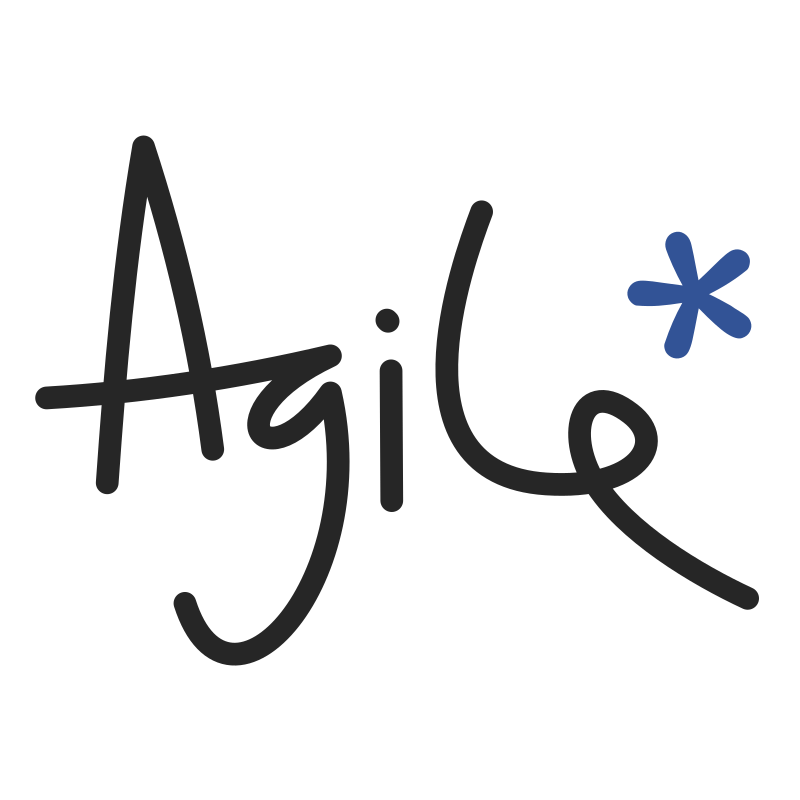

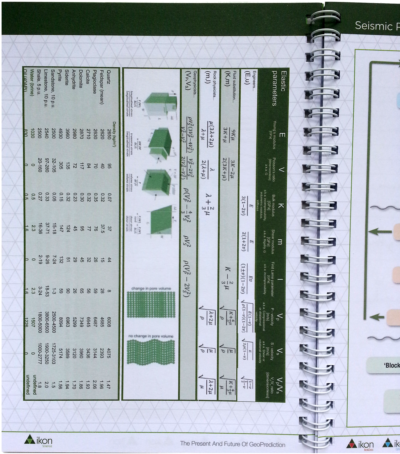
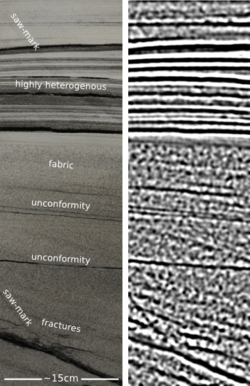



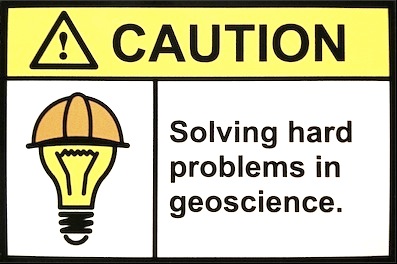
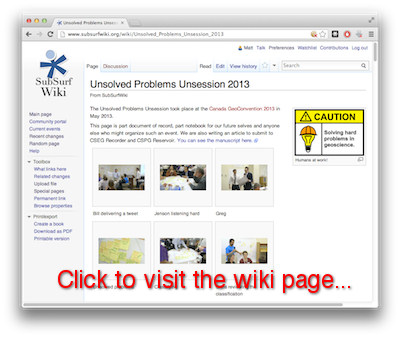
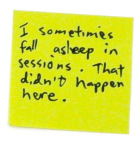
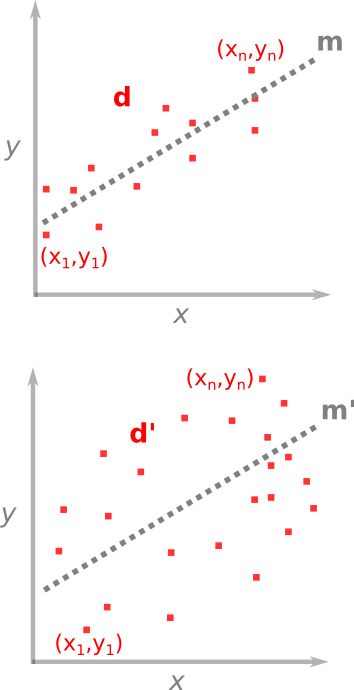

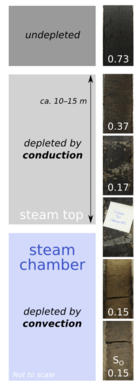
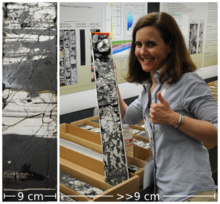





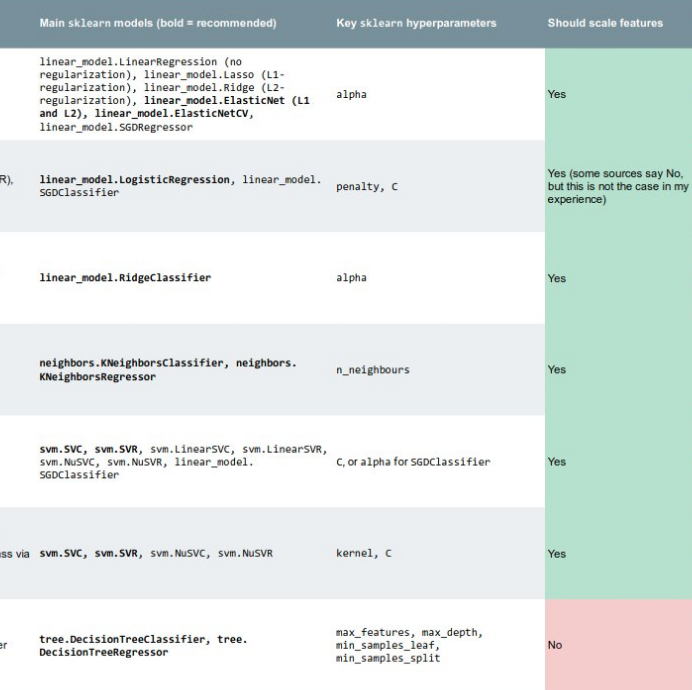

 Except where noted, this content is licensed
Except where noted, this content is licensed